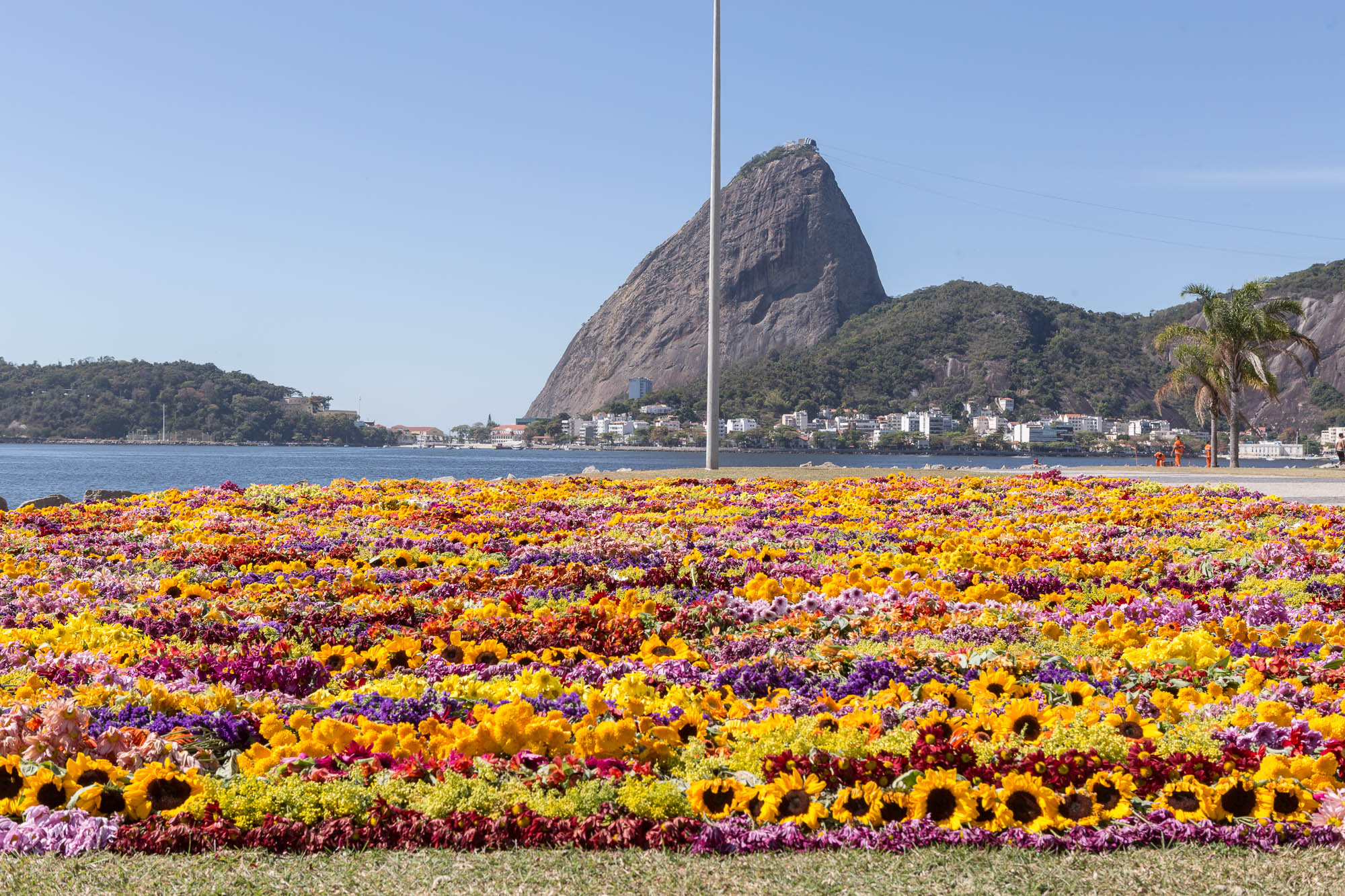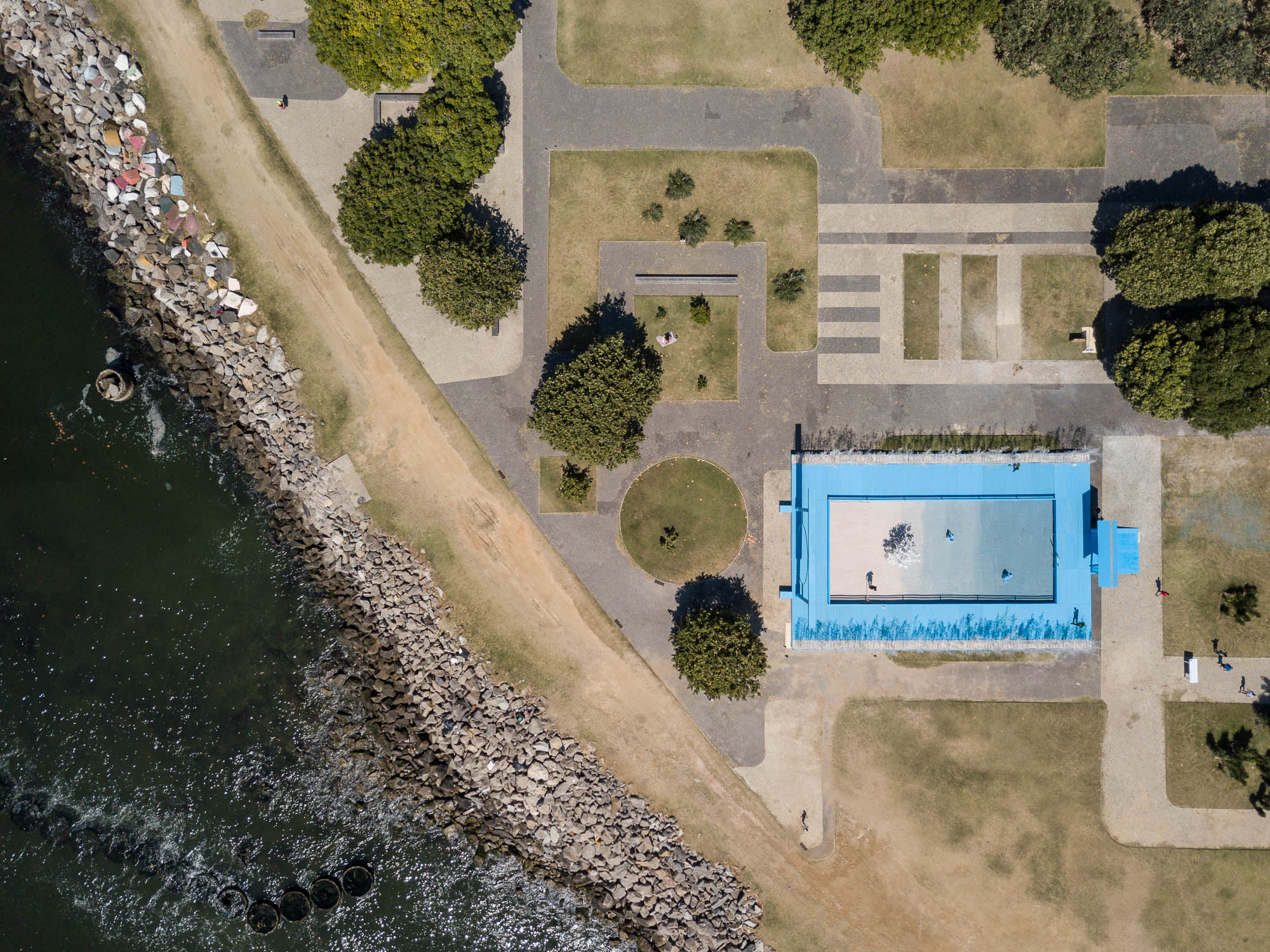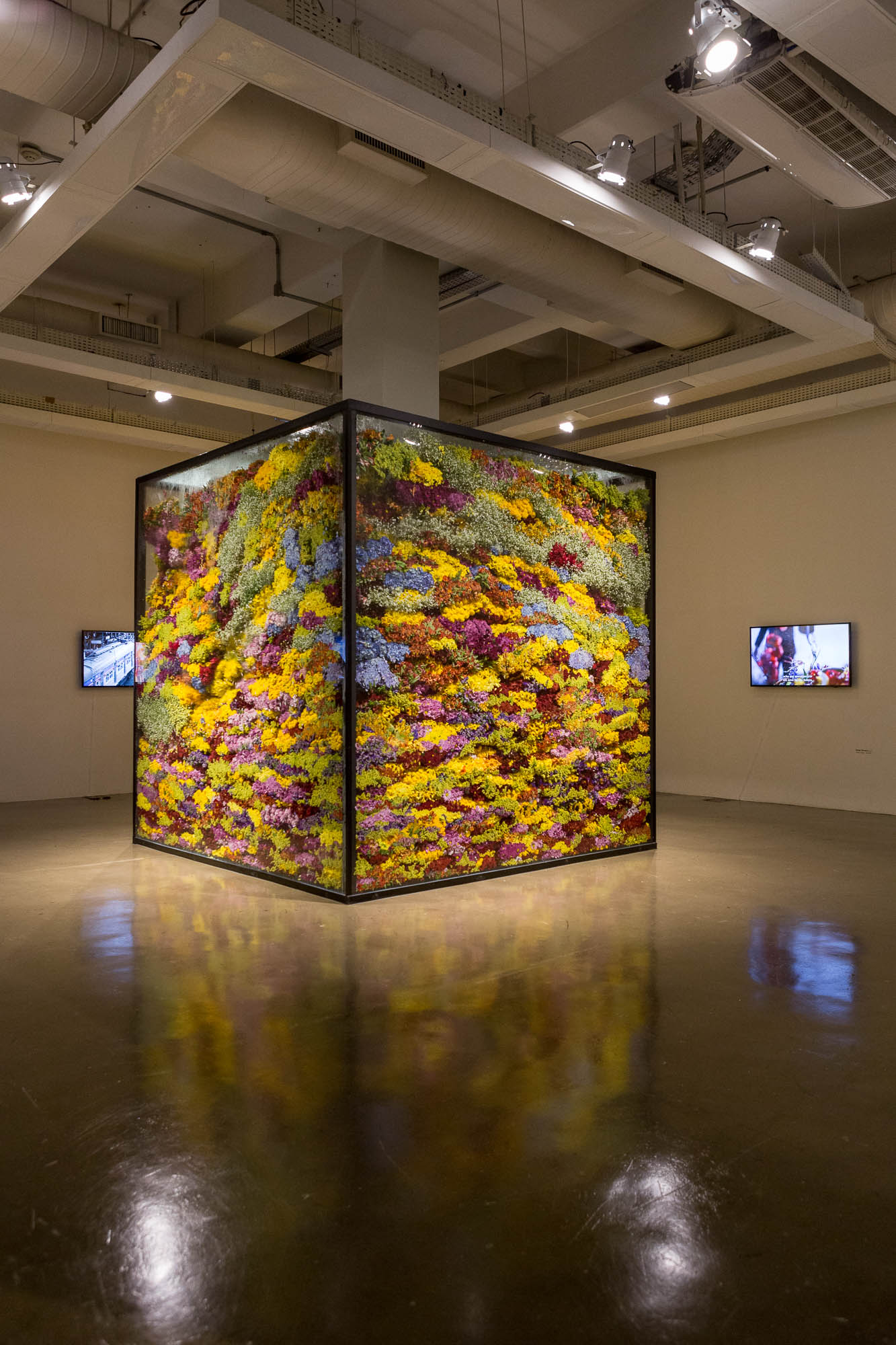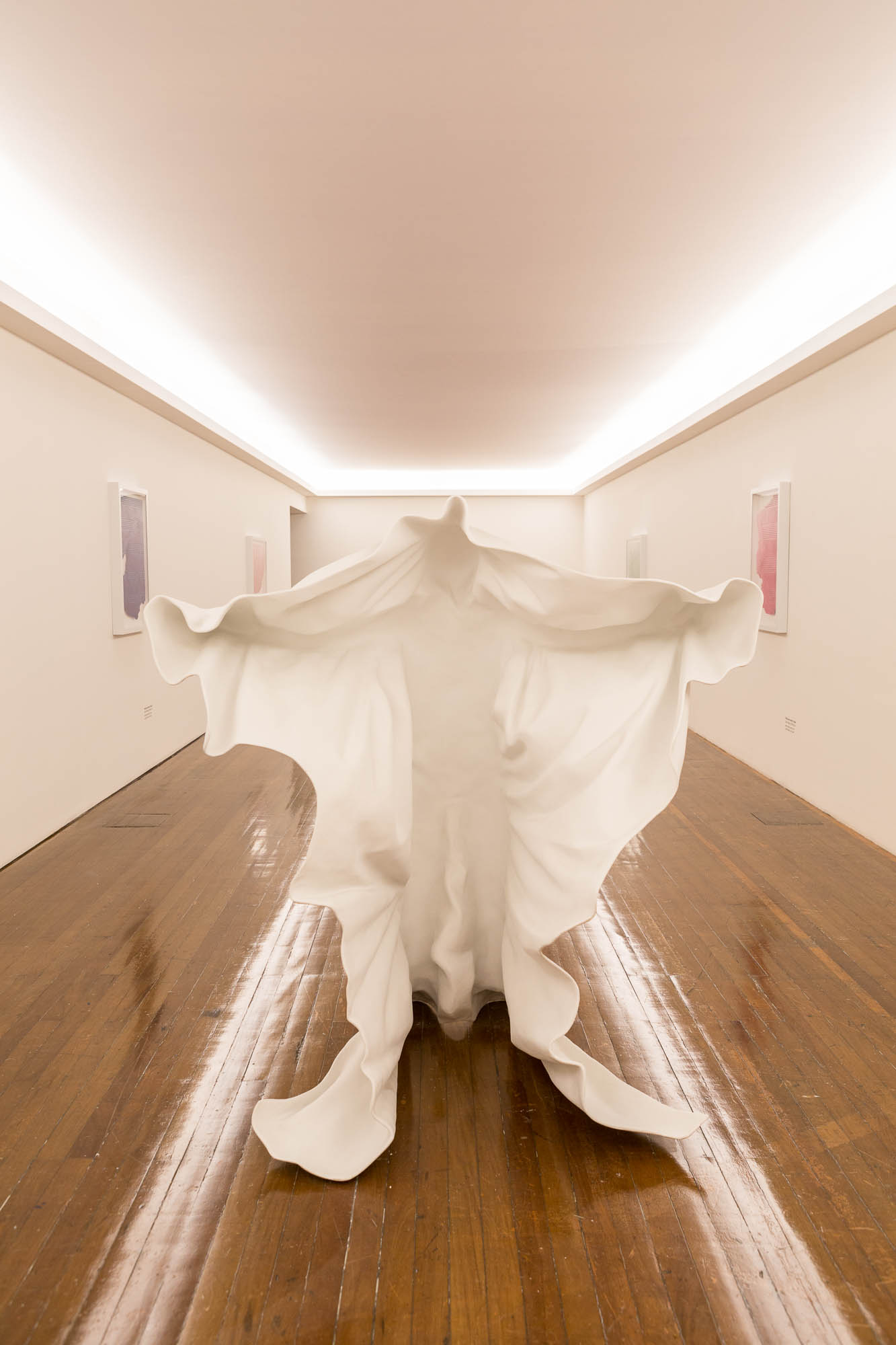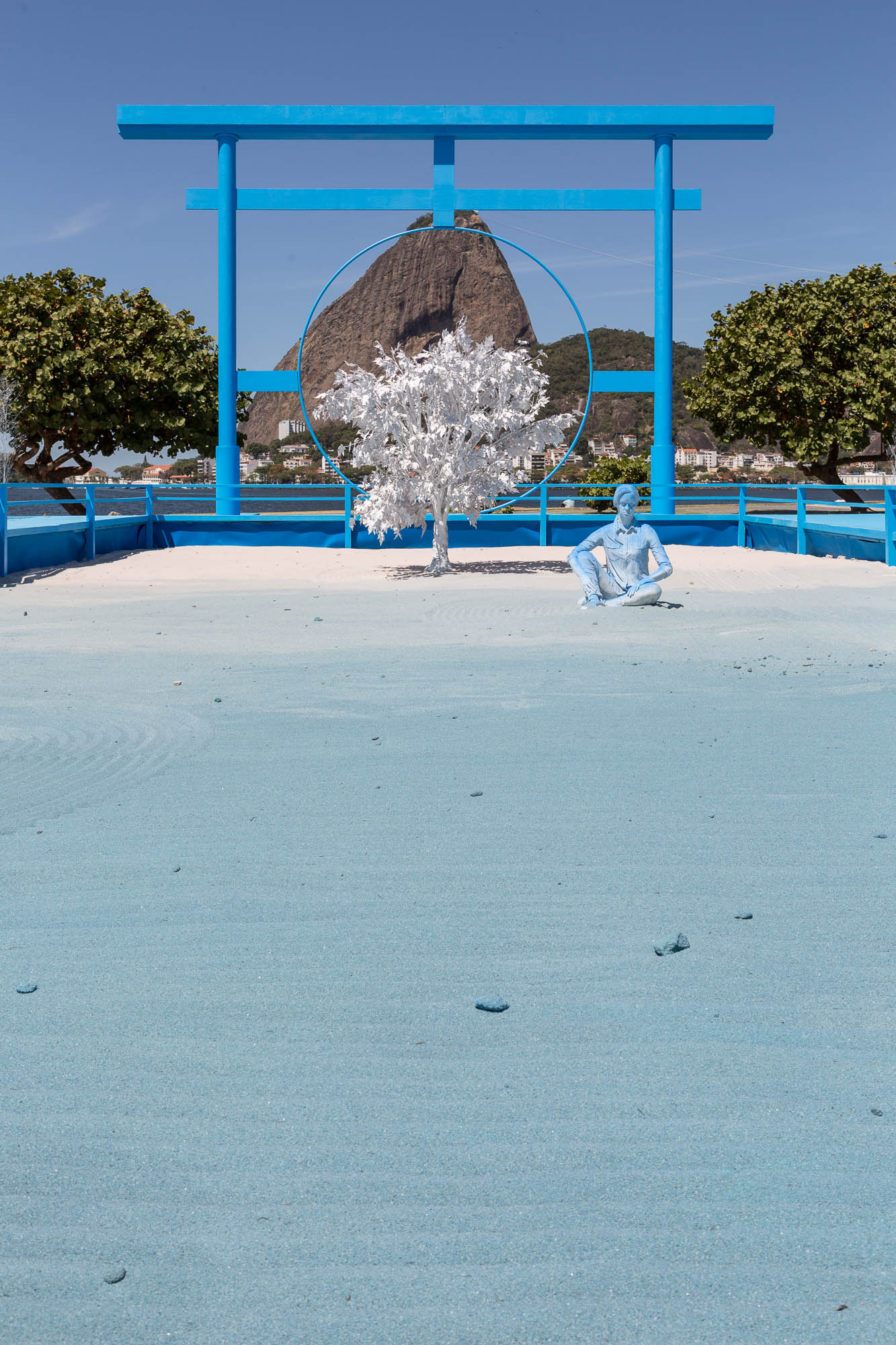OiR – Outras Ideias para o Rio
OiR – Outras Ideias para o Rio
Rio de Janeiro
2017
Executive Production
Curated by: Marcello Dantas
“What makes this world so difficult to understand is not its peculiarity, but the familiarity we have with it. Familiarity can also cause us to stop discerning things” (Robert M. Pirsig).
The gaze of others has moulded Brazilian culture throughout the ages. What would our art have been without the likes of Pierre Verger, Marcel Gautherot, Jean-Baptiste Debret and Albert Eckhout? The main feature of the Other Ideas project is to connect new sensibilities in the Brazilian repertoire and enable contact with new ideas and points of view that offer us other sources of inspiration. The aim is to seed the creativity of artists in the public space and offer a connection with these other poetics. The starting point for this exhibition is to bring together two of the most intriguing emerging minds on the international contemporary art scene so that, side by side, they can articulate their ideas about time, memory and transformation. The site chosen was the Aterro do Flamengo, in Rio de Janeiro, for its historical reasons and its status as a natural and artificial monument at the same time. A man-made space in the middle of a fascinating natural landscape.
Azuma Makoto has created a very unique art form that explores the ephemeral nature of plants and flowers taken to the most varied geographical contexts. Daniel Arsham, on the other hand, creates a simulation of the present projected into the future in the form of a ruin. This dialogue – which confuses us between what still lives but is already decomposing and what doesn’t yet exist but is already a ruin – is in itself a strong metaphor for our times. They both looked to Buddhist philosophy to offer another avenue of inspiration and present something new in a Western context heavily saturated with old ideas and taboos.
Japanese artist Azuma Makoto’s work is developed with flowers and experiments with botany, taking them to the limits of the planet and challenging the Japanese tradition of ikebanas and bonsais to a radically contemporary, technological and, at the same time, humanist reading. In the exhibition, he presents two experiments on decomposition. In one of them, he creates a cut flower garden, entitled “Gaibu – Fora”, which will decompose in the open air before the eyes of passers-by at Aterro do Flamengo, in a kind of reverse agriculture, in which plants are not planted to grow, but to die and thus generate more life. The paradigm shift is in the possibility of observing the beauty of a garden’s decomposition as an expression of nature. In Japan, there is an artistic expression called kusouzu, which refers to the pictorial interpretation of decomposition as the final narrative of human and natural transcendence. In the Buddhist faith, the contemplation of death is known as maranasati, which involves nine stages of decomposition, and its contemplation is recognised as an integral part of meditation. It can be seen in two ways: one focused on valuing and appreciating the impermanence of our lives, and the other on rehearsing for death – by familiarising ourselves with death, we prepare ourselves so that we won’t be afraid when the time comes. By looking at the flower, one of nature’s most beautiful manifestations, and allowing ourselves to observe its transformation and decomposition, we are understanding the transience of the matter we are made of and learning that appreciating this passage of time is essential. In the West, we may be a little hesitant about this, but in the East it is already illuminated as wisdom.
In Oi Futuro’s indoor space, “Naibu – Dentro” is a large installation that allows us to follow the process of flower decomposition in detail, but in a large glass box. This choice of conditioning the beauty of the flower in transformation, from the vigor of life to the liquidisation of its corporeality, enters into dialogue with the fundamental idea of still life in the history of art – only this time, no longer as an interpretation, but as a natural experience, in real time. We are taught from an early age to avoid seeing, touching and feeling the death and decay of any living thing, and allowing ourselves to experience this is a rare opportunity for transcendence.
Daniel Arsham’s colour-blind gaze explores the game of illusion in his work full of codes, which begins with its monochrome tones and extends to the creation of objects covered by walls and a collection of characters in search of an author. At Aterro do Flamengo, Arsham observes karesansui, the Buddhist art of Japanese Zen gardens, with his cultural distance. He proposes projecting into the future an archaeological site about our present time, in which different layers of knowledge and contamination overlap. He also suggests that we look at our society structured on consumer objects, but contextualised by the permanence of the Zen wisdom that something exists when it is being built and lived at the same time. The work, entitled “Zen Garden of the Future”, is a Japanese garden that has sprung up in the middle of the city.
